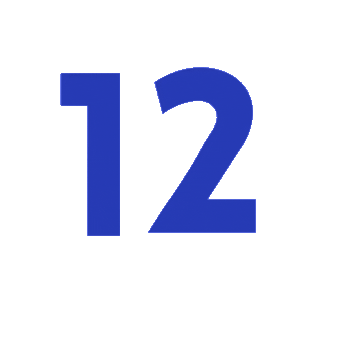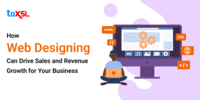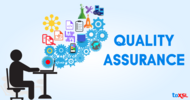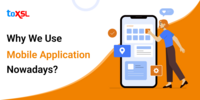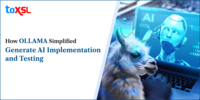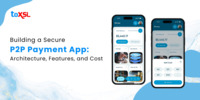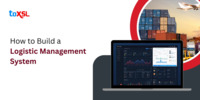- Sep 22, 2025
Share this post on:
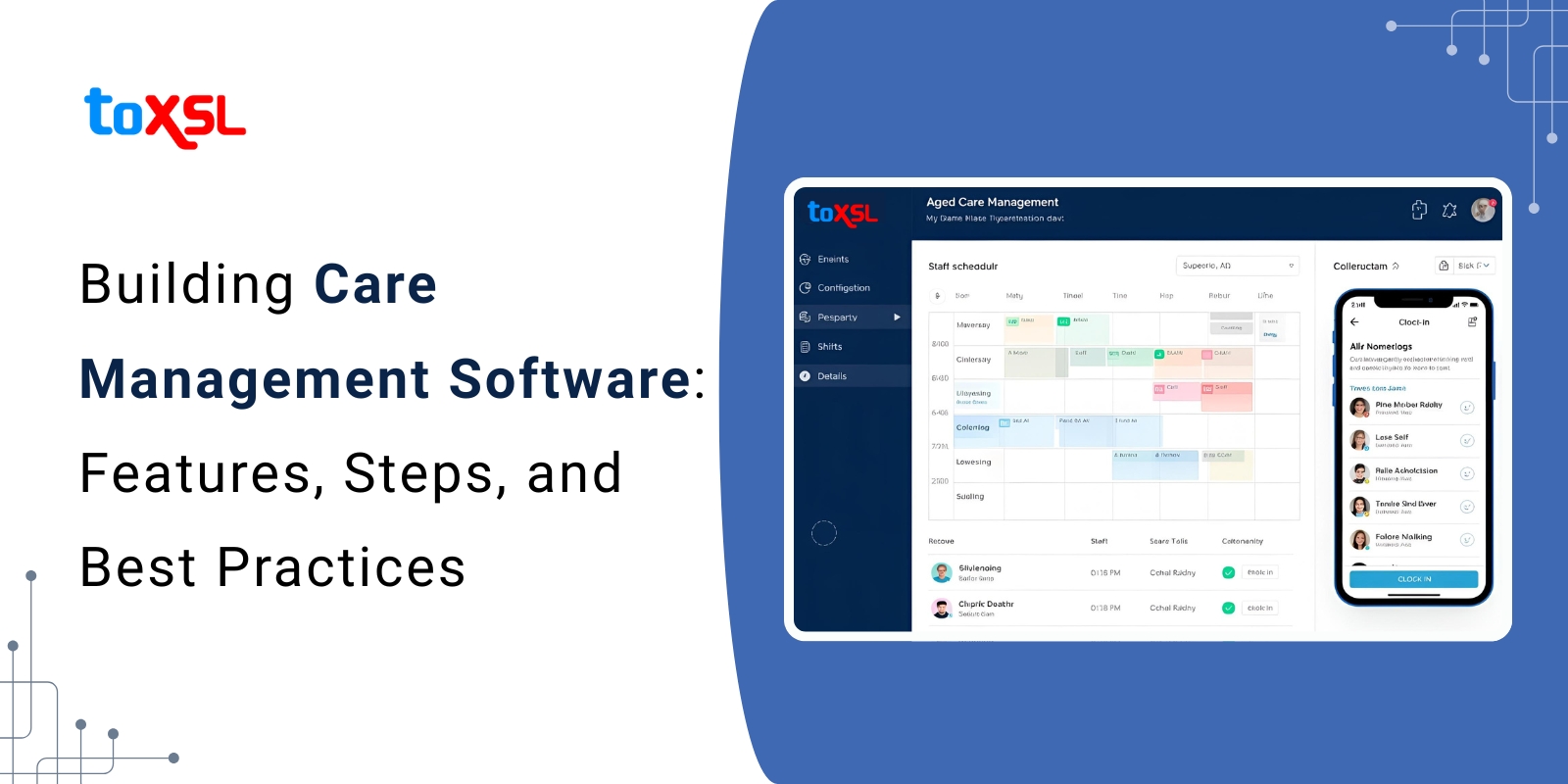
The digital care management software market is projected to reach $99.49 billion in 2025, growing at a CAGR of 7.71%. These statistics show the rise in demand for digital healthcare solutions that improve patient outcomes, streamline workflows, and reduce costs. In this guide, we will walk you through the importance of the best care management software, the cost, and the key factors associated with it.
Key Takeaways
- The care management software market is expanding due to the rise in chronic diseases and aging populations.
- Chronic care management software enhances patient care coordination, improves operational efficiency, and reduces administrative burdens.
- Costs depend on features, platform choice, integration needs, compliance requirements, and technology stacks.
- The main cost drivers include user interface design, data security, telemedicine functionalities, and analytics capabilities.
- Expertise in healthcare regulations and experience with scalable digital solutions are important to develop care management software.
Why Should Businesses Invest in Care Management Software?
Nowadays, care management software has become one of the most essential tools for healthcare providers, payers, and patients. It offers a complete solution that transforms how healthcare is delivered, managed, and optimized. By using this technology, businesses can enhance the quality of care, improve operational processes, and achieve cost savings. Here are the key reasons why investing in care management software is a strategic business decision:
Enhanced Patient Care:
Every business care management software gathers patient information into a single, easily accessible platform. It enables healthcare professionals to track detailed patient histories, manage individualized care plans, and communicate seamlessly across multidisciplinary care teams. This approach ensures that every caregiver has the most accurate and up-to-date information, fostering coordinated treatment efforts. As a result, patients experience improved health outcomes, timely interventions, and higher satisfaction due to the streamlined delivery of care.
Improved Operational Efficiency:
The care management software automates routine administrative tasks such as appointment scheduling, medical documentation, medication tracking, and billing processes. Healthcare businesses can devote more time and attention to direct patient care by reducing manual workload and minimizing human errors. In fact, using a client management platform designed with these automation features can streamline communication, reduce duplication of effort, and improve transparency in workflow.
Data-driven Decision Making:
One of the most powerful benefits of aged care safety management software lies in its integration with advanced analytics and predictive modeling tools. These capabilities enable businesses to analyze large volumes of patient data to identify high-risk individuals, anticipate health trends, and tailor personalized care interventions.
Cost-Reduction:
By streamlining workflows, automating repetitive tasks, and eliminating unnecessary duplication of tests and services, care management software helps organizations significantly reduce operational costs. It improves billing accuracy and optimizes care delivery, reducing waste and unnecessary expenditures.
Patient Engagement and Accessibility:
Modern aged care risk management software platforms often include features such as telemedicine capabilities and mobile app integrations that empower patients to take an active role in managing their health. Patients gain convenient access to remote consultations, personalized health plans, medication tracking, and communication with their care teams. This increased accessibility and engagement promote adherence to treatment plans, encourage healthier behaviors, and build long-term patient loyalty and trust, which are critical for business success.
Steps to Develop a Care Management Software
Developing a care management software, especially for aged or elder care, involves a systematic approach to ensure the solution is effective, user-friendly, and compliant with healthcare standards. The key steps include:
1. Requirement Gathering:
Begin by thoroughly understanding the needs of all stakeholders: caregivers, elderly users, healthcare providers, and families. Research existing solutions to find market gaps and identify user pain points. Define clear objectives tailored to your target audience, whether it is home care, nursing facilities, or hospitals.
2. Defining Core Features:
List out the primary features your software must have, such as patient management, appointment scheduling, medication reminders, alerts, communication tools, billing, and reporting. Also, plan for user roles and permission levels to accommodate different caregiver and staff roles.
3. UI/UX Design:
Design simple, clear, and accessible interfaces with large fonts, intuitive navigation, and easy-to-understand icons suitable for older users. Prototyping and wireframing help test usability early on.
4. Selecting the Technology Stack:
Decide between building a custom solution or integrating with existing EMR/EHR systems. Choose scalable backend architecture, secure APIs, and agile development methods for iterative releases and improvements.
5. Develop the Minimum Viable Product:
Start with core functionalities like patient registration, scheduling, and basic communication. Early deployment of an MVP helps gather user feedback and identify improvement areas without the cost of building a full system upfront.
6. Quality Assurance:
Conduct rigorous testing across devices for functionality, security, performance, and usability. Ensure compliance with healthcare regulations like HIPAA or GDPR for data privacy and security.
7. Customer Support:
Deploy the software in phases to manage risks and train caregivers and healthcare staff thoroughly. Offer continuous support, regular updates, bug fixes, and incorporate user feedback for product enhancements.
How to Monetize an Aged Care Software Platform
After developing the software, the next challenge is to generate sustainable revenue. Multiple monetization strategies can be employed depending on market positioning and user needs:
1. Subscription-Based Model:
Charge users a recurring fee, monthly or annually, to access the software. Offer tiered plans such as Basic for essential features, Professional with advanced tools, and Enterprise with full capabilities like AI analytics.
2. Freemium Model:
Provide a free version with limited features to attract users and allow them to test the product. Monetization happens when users upgrade to access premium functionalities.
3. Pay-Per-Use Model:
Charge users only when they utilize specific premium services such as video consultations or in-depth health assessments. This offers flexibility and cost control for occasional users.
4. Partnerships and Advertising:
Leverage your user base to partner with companies offering senior housing, insurance, or medical equipment. Promote these complementary services within your platform and earn through referral fees or advertising revenue.
5. White Labeling and Licensing:
License your software to other healthcare providers or businesses who can rebrand it as their solution. This expands your reach and provides additional revenue without direct user management.
6. Selling Data Insights:
Aggregate anonymized data on aged care trends and behaviors to sell insights to research organizations, insurers, or healthcare firms, while maintaining strict compliance and transparency about data use.
How Much Does it Cost to Develop Care Management Software?
The cost to develop care management software depends on various factors such as the complexity of the features, platform selection, integrations, regulatory compliance, and the geographical location of the development team. In general, the cost to develop a workforce management software for aged care ranges from around $25,000 for basic solutions to upwards of $400,000 or more, depending on the advanced functionalities.
Cost Ranges by Software Type
Software Type | Estimated Cost Range (USD) | Description |
Basic Care Management | $25,000 – $65,000 | Core features such as scheduling, patient tracking, and basic reports; suitable for small clinics or independent practitioners. |
Mid-Level Care Management | $65,000 – $150,000 | Includes EHR integration, patient portals, multi-user support, and scalable architecture for medium-sized providers. |
Enterprise-Grade Software | $150,000 – $400,000+ | Advanced analytics, AI features, IoT integration, compliance-heavy architecture; designed for large hospitals and healthcare networks. |
Development Cost Breakdown Table
Development Phase | Estimated Cost Range (USD) | Key Activities |
Discovery & Planning | $3,000 – $7,000 | Market research, requirement gathering |
UI/UX Design | $5,000 – $15,000 | Prototyping, interface design, user experience optimization |
Core Development | $20,000 – $80,000 | Coding, database design, API development |
Integration & APIs | $5,000 – $20,000 | Connecting third-party systems, testing integrations |
Testing & QA | $3,000 – $10,000 | Security and functionality testing |
Deployment & Support | $4,000 – $18,000 | Launch, server setup, maintenance, and ongoing support |
Key Factors Associated With the Cost of Care Management Software
Here are a few cost factors on which the cost of care management software depends:
Feature Complexity: Basic aged care management software with essential features, including appointment scheduling and patient records, falls at the lower end of the cost spectrum. Adding advanced capabilities such as AI-powered analytics, real-time monitoring, multi-user support, and integrations with external health systems pushes costs higher.
Platform and Design: Developing for multiple platforms (iOS, Android, web) and creating custom, accessible UIs for elderly users adds to the investment.
Third-Party Integrations: Integration with electronic health records, wearables, telemedicine, and billing systems needs additional development time and costs. Integration with electronic health records, wearables, concierge medicine software, telemedicine, and billing systems needs additional development time and costs.
Maintenance and Support: Ongoing updates, bug fixes, server management, and adapting to changing regulations add to the total cost.
Features of Aged Care Management Software
Feature | Explanation | Key Benefits |
|---|---|---|
Resident Information Management | Stores complete resident profiles including medical history, allergies, treatment notes, family contacts, and emergency details in a secure system. | Ensures quick access to accurate data, reduces errors, and helps staff deliver personalized, informed care. |
Personalized Care Planning | Creates and updates tailored care plans for each resident based on their health needs, lifestyle, and preferences. | Promotes individualized attention, improves care consistency, and enhances overall resident satisfaction. |
Medication Management | Tracks prescriptions, sets reminders, automates dosage records, and provides alerts for medication schedules. | Reduces medication errors, improves compliance, and ensures timely administration of medicines. |
Task and Staff Scheduling | Assigns shifts, daily tasks, and responsibilities efficiently with real-time visibility into workloads. | Prevents staff shortages, avoids missed duties, and ensures balanced workloads for caregivers. |
Compliance and Reporting | Generates audit-ready reports, tracks documentation, and ensures facilities comply with government healthcare standards. | Saves time during audits, minimizes legal risks, and helps avoid penalties for non-compliance. |
Communication Tools | Provides secure messaging, alerts, notifications, and family portals for better communication. | Improves transparency, keeps families updated, and strengthens trust between staff, residents, and families. |
Mobile Accessibility | Caregivers can access and update resident data instantly through smartphones or tablets. | Reduces paperwork, enables real-time updates, and increases staff efficiency during care delivery. |
Electronic Health Record (EHR) Integration | Connects seamlessly with hospitals, clinics, and pharmacies to share resident health information securely. | Ensures continuity of care, avoids duplication of tests, and improves collaboration with healthcare providers. |
Billing and Financial Management | Automates invoicing, payment processing, insurance claim handling, and subsidy tracking. | Simplifies financial workflows, reduces errors, and improves revenue management for care facilities. |
Risk and Incident Management | Records accidents, falls, or safety concerns, and generates incident reports with follow-up tracking. | Enhances resident safety, identifies patterns of risk, and supports preventive measures to reduce future events. |
Data Analytics & Reporting | Provides dashboards and analytical reports on resident health, staff performance, and resource usage. | Helps management make data-driven decisions, optimize resources, and improve operational efficiency. |
Document & File Management | Stores medical records, legal documents, consent forms, and care agreements in digital format. | Reduces paperwork, ensures quick retrieval, and improves document security. |
Family & Resident Portals | Gives families access to updates, schedules, and health records of their loved ones via secure online portals. | Enhances family engagement, increases transparency, and improves trust in the facility. |
Alerts & Notifications | Sends reminders for tasks, medication, appointments, and compliance deadlines to staff and caregivers. | Ensures no important task is missed, improves productivity, and boosts quality of care. |
Why Choose ToXSL Technologies for Care Management Software Development?
Choosing the right care management software development partner is crucial for successful care management software development. Here is why ToXSL Technologies is the best care management software development partner:
Healthcare Industry Expertise: Extensive experience developing healthcare solutions adhering to regulatory standards.
Customized Solutions: Delivering software customized to the unique workflows, needs, and patient demographics of each client.
Cutting-Edge Technology: Our team is proficient in AI, machine learning, cloud infrastructure, telemedicine integration, and mobile app development.
End-to-End Services: We offer best end-to-end services, from research and consulting to development, deployment, and ongoing maintenance.
Agile and Transparent Processes: We ensure that our clients stay involved throughout the project lifecycle for timely feedback and quality outcomes.
Strong Data Security Framework: We implement the latest encryption, multi-factor authentication, and compliance protocols to safeguard sensitive health data.
Proven Track Record: We have a track record of successfully delivering numerous care management platforms with measurable improvements in patient care and operational efficiency.
Conclusion:
The best care management software market is growing and is driven by demand for accessible, personalized, and efficient healthcare. Developing tailored care management software is important for healthcare businesses aiming to optimize care, reduce costs, and enhance patient engagement. However, building a care management software is complex and requires expertise.
ToXSL Technologies is a premium care management software development company, delivering skills and experience to deliver innovative, secure, and scalable care management solutions. Hence, investing in care management software development with ToXSL Technologies is a smart move towards future-proofing healthcare businesses and improving health outcomes globally.
Frequently Asked Questions
1. What is care management software?
Care management software is a digital platform designed to support healthcare providers in coordinating patient care, managing treatment plans, tracking health outcomes, and streamlining communication across care teams.
2. How long does it take to develop care management software?
Depending on the features and complexity, development can take anywhere from 3 to 12 months, including planning, design, development, testing, and deployment stages.
3. Is care management software compliant with healthcare regulations?
Yes, quality care management software is built to comply with healthcare regulations like HIPAA in the US, GDPR in Europe, and other data protection laws to ensure patient data privacy and security.
4. Can care management software integrate with existing healthcare systems?
Yes, most modern care management platforms offer APIs and modules for seamless integration with electronic health records (EHR), pharmacy systems, billing software, and telehealth services.
5. How does care management software improve patient outcomes?
By enabling personalized care plans, proactive risk identification, improved communication among providers, and timely interventions, care management software helps improve patient outcomes and reduce hospital readmissions.

